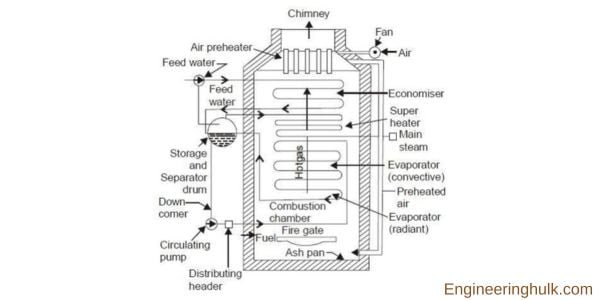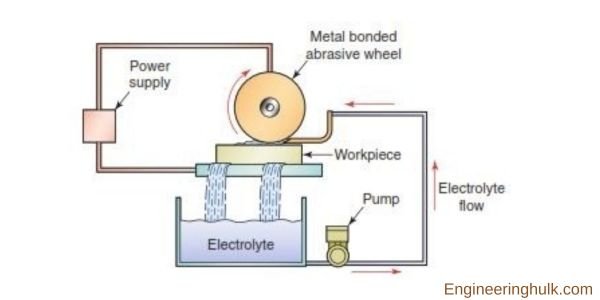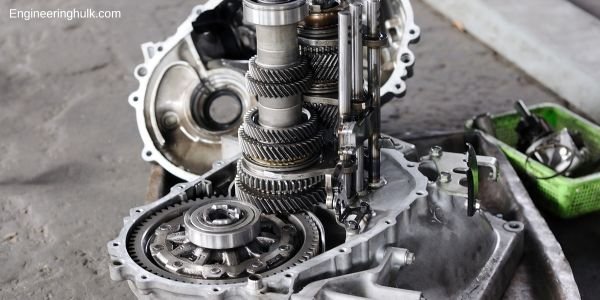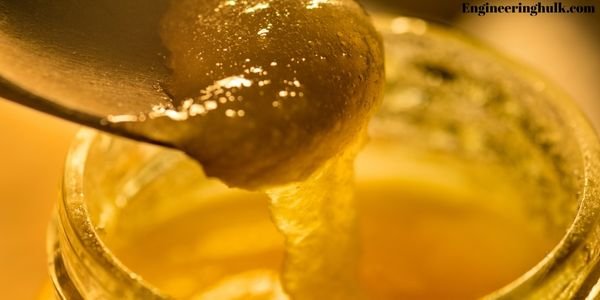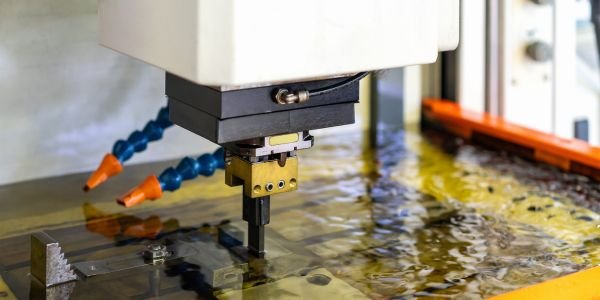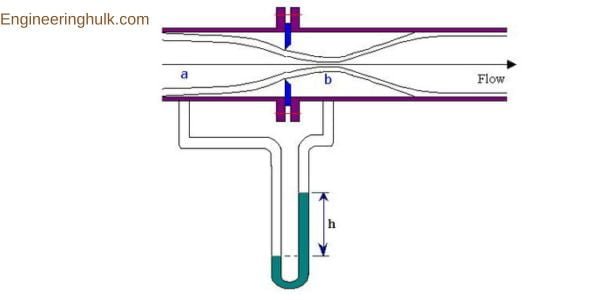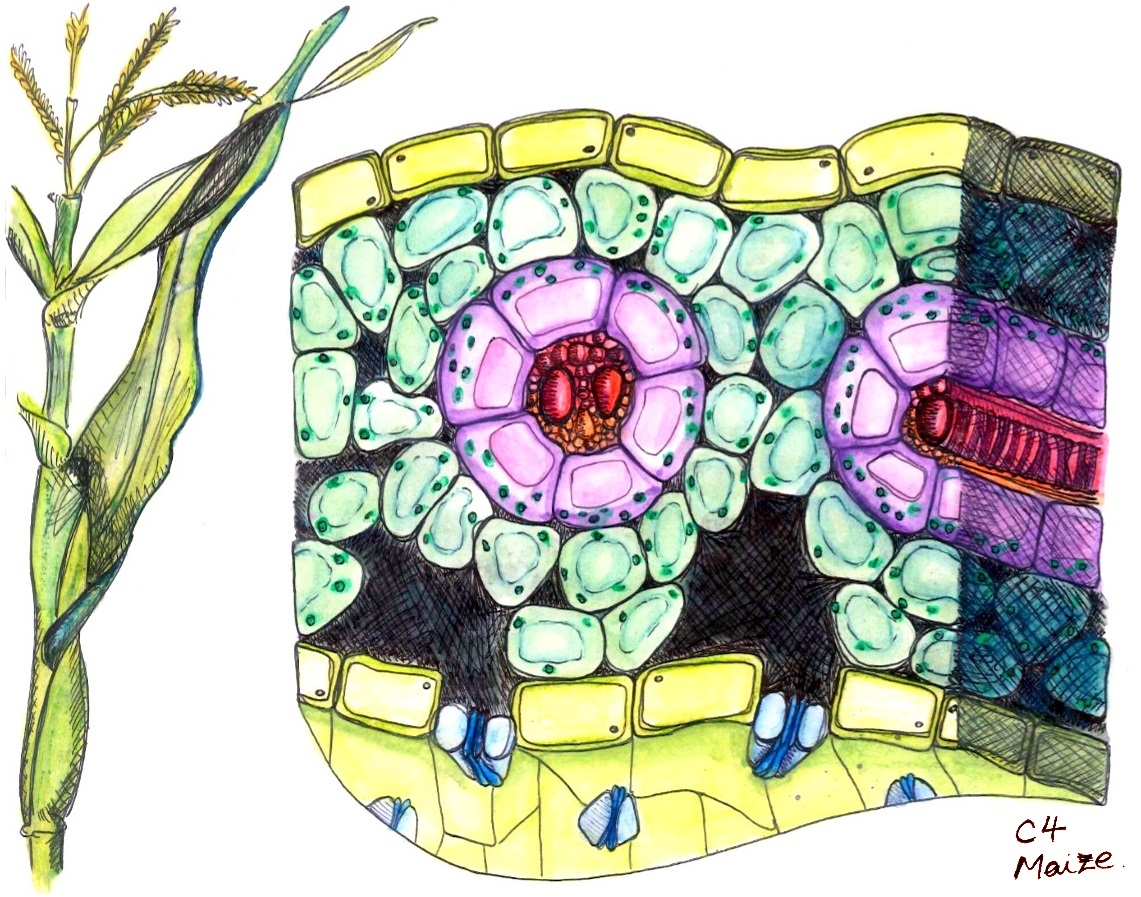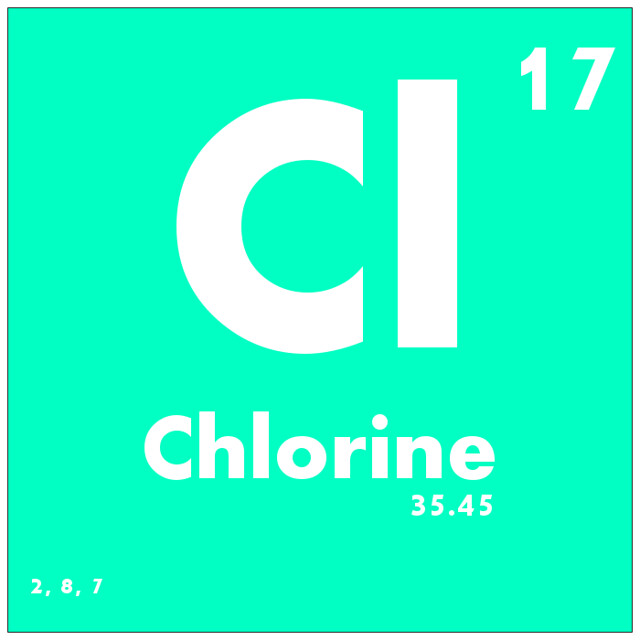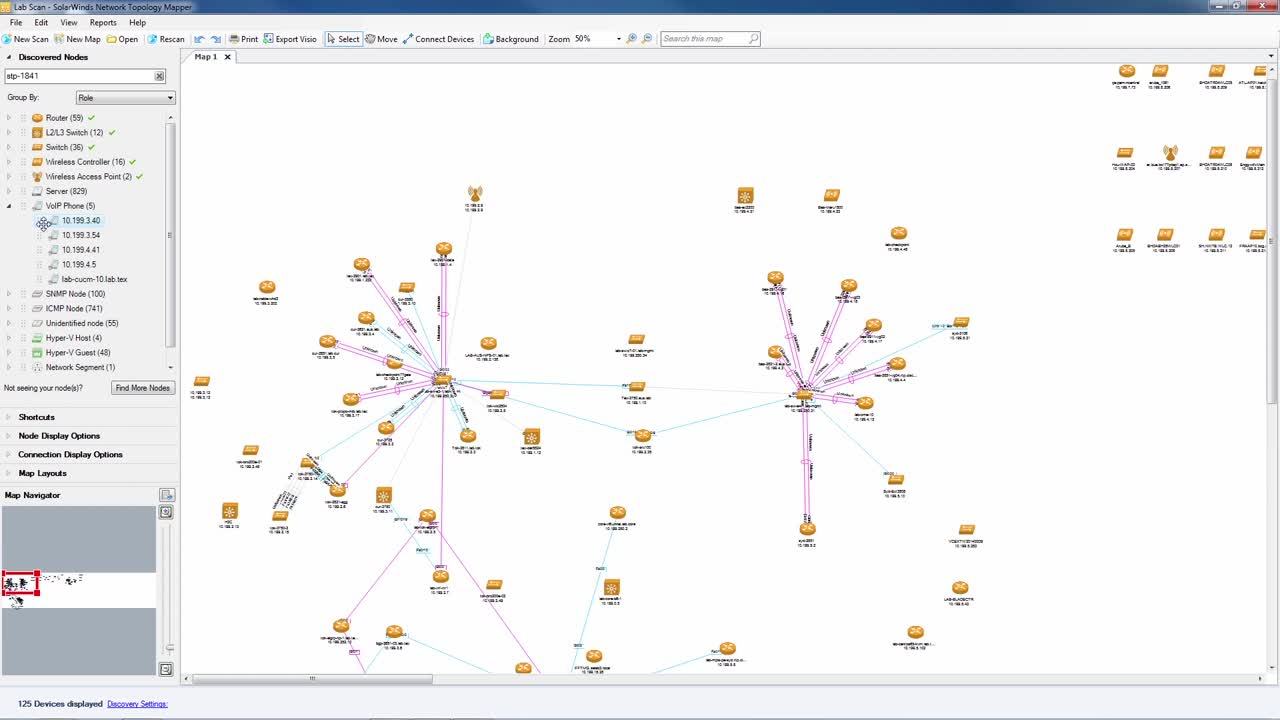Table of Contents
Classification of food
Food is not just a basic necessity for survival; it is a fascinating subject that encompasses a wide range of ingredients, flavors, and nutritional compositions. Understanding the classification of foods is essential for various purposes, including dietary planning, culinary arts, and scientific research.
Nutritional Classification:
One common approach to classifying foods is based on their nutritional composition. This classification system categorizes foods based on the presence and proportion of macronutrients (carbohydrates, proteins, and fats) and micronutrients (vitamins and minerals). It helps us understand the nutritional value and dietary significance of different foods. Here are the primary categories:
a. Carbohydrates:
Foods rich in carbohydrates include grains (rice, wheat, oats), starchy vegetables (potatoes, corn), legumes (beans, lentils), and fruits. They provide energy and are a crucial part of a balanced diet.
b. Proteins:
Foods high in protein are essential for the growth, repair, and maintenance of body tissues. Examples include meat, poultry, fish, eggs, dairy products, legumes, and soy products.
c. Fats:
Fats are a concentrated source of energy and aid in the absorption of fat-soluble vitamins. Foods containing healthy fats include oils (olive oil, avocado oil), nuts, seeds, fatty fish (salmon, mackerel), and avocados.
d. Vitamins and Minerals:
Fruits, vegetables, whole grains, dairy products, and lean meats provide an array of essential vitamins and minerals required for optimal health.
Culinary Classification:
Food classification based on culinary characteristics is primarily focused on preparation and cooking methods. This classification helps chefs, home cooks, and food enthusiasts understand the characteristics and uses of different ingredients. Here are some common culinary categories:
a. Fruits:
Edible fruits are typically sweet or tart and can be consumed fresh or used in desserts, jams, and beverages. Examples include apples, oranges, berries, and melons.
b. Vegetables:
Vegetables encompass a wide range of plant-based foods, including leafy greens, root vegetables, cruciferous vegetables, and nightshades. They can be consumed raw, steamed, sautéed, or used in soups and stews.
c. Meats and Poultry:
This category includes various animal products such as beef, pork, lamb, chicken, and turkey. Meats can be prepared through grilling, roasting, frying, or stewing.
d. Seafood:
Seafood includes fish (salmon, tuna, cod), shellfish (shrimp, lobster, crab), and mollusks (oysters, clams). They can be grilled, baked, steamed, or enjoyed raw in the case of sushi.
e. Dairy Products:
Dairy foods consist of milk, cheese, yogurt, and butter. They are often used in baking, cooking, and as standalone ingredients.
f. Grains and Cereals:
This category encompasses wheat, rice, oats, barley, and other grains. They are commonly used in baking, as a staple in many cultures, and as a base for various dishes.

Cultural and Regional Classification:
Food classification can also be based on cultural and regional characteristics. Different cuisines have distinct flavor profiles, cooking techniques, and ingredient preferences. Here are a few examples:
a. Asian Cuisine:
Asian cuisine includes Chinese, Japanese, Korean, Thai, Indian, and many other regional specialties. These cuisines often feature rice, noodles, soy-based products, seafood, and a diverse range of spices and herbs.
b. Mediterranean Cuisine:
Mediterranean cuisine is renowned for its emphasis on fresh fruits, vegetables, whole grains, olive oil, fish, and herbs like basil, oregano, and thyme. It is known for its heart-healthy qualities.
c. Latin American Cuisine:
Latin American cuisine varies across countries but commonly includes staples such as corn, beans, rice, tomatoes, peppers, and tropical fruits. It is known for its vibrant flavors and diverse culinary traditions.
d. Middle Eastern Cuisine:
Middle Eastern cuisine features ingredients like chickpeas, lentils, lamb, olive oil, and a variety of spices such as cumin, coriander, and turmeric. Flatbreads like pita are also prevalent.
Classification of Foods According to Their Function in the Body
1. Energy-Providing Foods:
Energy-providing foods are rich in macronutrients, especially carbohydrates, and fats, which serve as the primary sources of energy for our bodies. These foods supply the fuel needed for daily activities and bodily functions. Here are the main categories:
a. Carbohydrates:
Foods such as grains (rice, wheat, oats), starchy vegetables (potatoes, corn), and legumes (beans, lentils) are excellent sources of carbohydrates. They are broken down into glucose, which provides energy for the body.
b. Fats:
Healthy sources of fats, including avocados, nuts, seeds, and oils (olive oil, coconut oil), are important for energy storage and insulation. They also aid in the absorption of fat-soluble vitamins.
2. Building and Repairing Foods:
Certain foods are rich in proteins, vitamins, and minerals, which are essential for building and repairing tissues, maintaining a strong immune system, and promoting overall growth and development. Here are the primary categories:
a. Proteins:
Meats, poultry, fish, eggs, dairy products, legumes, and soy products are excellent sources of protein. Proteins are crucial for the growth and repair of muscles, organs, and other body tissues.
b. Calcium-Rich Foods:
Dairy products, leafy greens, and fortified plant-based milk alternatives are rich in calcium, a mineral vital for building and maintaining strong bones and teeth.
c. Iron-Rich Foods:
Foods like lean meats, fish, poultry, beans, legumes, and leafy green vegetables provide iron, which is necessary for the production of red blood cells and oxygen transport throughout the body.
d. Vitamin C-Rich Foods:
Citrus fruits, berries, peppers, and leafy greens are high in vitamin C, which aids in collagen synthesis, wound healing, and enhancing iron absorption.
3. Protective and Regulating Foods:
Some foods are known for their antioxidant properties, high fiber content, and beneficial compounds that help protect against diseases, support digestion, and regulate bodily functions. Here are the main categories:
a. Fruits and Vegetables:
Rich in vitamins, minerals, antioxidants, and dietary fiber, fruits and vegetables play a crucial role in protecting against chronic diseases, promoting healthy digestion, and supporting overall well-being.
b. Whole Grains:
Whole grain foods such as brown rice, whole wheat bread, and oats are high in fiber, which aids digestion, regulates blood sugar levels, and promotes a healthy cardiovascular system.
c. Healthy Fats:
Foods containing healthy fats, including avocados, nuts, seeds, and fatty fish, provide omega-3 fatty acids, which have anti-inflammatory properties and support brain health.
d. Hydrating Foods:
Water-rich foods like cucumbers, watermelon, and soups contribute to overall hydration and help maintain proper body fluid balance.
Classification of Foods Based on their Chemical Properties for Optimal Nutrition
1. Carbohydrates:
Carbohydrates serve as the primary source of energy for the human body. They can be classified into three main types:
a. Simple Sugars:
Simple sugars, also known as monosaccharides and disaccharides, are composed of one or two sugar molecules. Examples of monosaccharides include glucose and fructose, while lactose and sucrose are disaccharides.
b. Complex Carbohydrates:
Complex carbohydrates, also called polysaccharides, consist of long chains of sugar molecules. Starch, found in grains, potatoes, and legumes, and glycogen, stored in the liver and muscles, are examples of complex carbohydrates.
c. Dietary Fiber:
Dietary fiber refers to the indigestible portion of plant-based foods. It can be soluble or insoluble. Soluble fiber, found in fruits, vegetables, and legumes, can lower cholesterol levels and stabilize blood sugar. Insoluble fiber, found in whole grains and vegetables, aids digestion and promotes bowel regularity.
2. Proteins:
Proteins are crucial for the growth, repair, and maintenance of body tissues. They are composed of amino acids and can be classified into two main types:
a. Complete Proteins:
Complete proteins contain all essential amino acids in adequate proportions. Animal-based foods such as meat, fish, poultry, eggs, and dairy products are complete protein sources.
b. Incomplete Proteins:
Incomplete proteins lack one or more essential amino acids. Plant-based protein sources like legumes, grains, nuts, and seeds can be combined to create complete protein profiles.
3. Fats:
Fats, also known as lipids, are essential for hormone production, insulation, and the absorption of fat-soluble vitamins. They can be classified into several categories:
a. Saturated Fats:
Saturated fats, typically solid at room temperature, are primarily found in animal-based products such as meat, full-fat dairy, and tropical oils like coconut and palm oil. Excessive consumption of saturated fats may increase the risk of heart disease.
b. Unsaturated Fats:
Unsaturated fats are divided into two subcategories:
– Monounsaturated Fats: These fats are found in olive oil, avocados, and nuts. They can help improve heart health by reducing LDL cholesterol levels.
– Polyunsaturated Fats: These fats are found in fatty fish, flaxseeds, and walnuts. They are rich in omega-3 and omega-6 fatty acids, which support brain function and reduce inflammation.
c. Trans Fats:
Trans fats are artificially created through a process called hydrogenation. They are commonly found in processed and fried foods and have been linked to an increased risk of heart disease. It is advisable to limit trans fat consumption as much as possible.
4. Vitamins and Minerals:
Vitamins and minerals are essential nutrients required for various bodily functions. While they are not classified based on chemical properties, it is crucial to include them in this discussion due to their importance in a balanced diet. Foods can be categorized based on the vitamins and minerals they provide, such as vitamin C-rich fruits (citrus fruits, strawberries) or calcium-rich dairy products (milk, cheese, yogurt).
Classifying Foods Based on Mass:
Understanding Nutritional Requirements for Cells and Organisms
When it comes to classifying foods, one useful approach is to consider their mass in relation to the quantity necessary for cells and organisms. This classification allows us to understand the nutritional requirements of living entities and provides insights into the role of different food types in sustaining life.
1. Macro and Micronutrients:
Before diving into the classification of foods, it’s crucial to understand the distinction between macro and micronutrients. Macronutrients are required in large quantities, while micronutrients are needed in smaller amounts. Both types of nutrients play essential roles in various bodily functions.
a. Macronutrients:
These include carbohydrates, proteins, and fats. They provide the bulk of energy needed for daily activities and the growth and repair of cells and tissues. Carbohydrates are the primary source of energy, while proteins are essential for building and repairing tissues. Fats provide energy storage and insulation.
b. Micronutrients:
These encompass vitamins and minerals. Although required in smaller quantities, they are vital for maintaining optimal health. Vitamins, such as A, B, C, D, and E, play crucial roles in cellular processes and act as coenzymes. Minerals like calcium, iron, and zinc are involved in various physiological functions, including bone formation, oxygen transport, and enzyme activation.
2. Classification of Foods Based on Mass:
a. High Mass Foods:
These foods are relatively dense and provide a significant quantity of nutrients per unit of mass. Examples include whole grains, legumes, nuts, seeds, lean meats, fish, and poultry. High-mass foods are typically rich in proteins, complex carbohydrates, healthy fats, vitamins, and minerals. They are essential for providing sustained energy and promoting overall health and well-being.
b. Medium Mass Foods:
This category includes a wide range of fruits and vegetables. While fruits and vegetables vary in their nutrient profiles, they generally have a moderate mass compared to high-mass foods. They are excellent sources of vitamins, minerals, antioxidants, and dietary fiber. Fruits and vegetables should be consumed in abundance to ensure an adequate intake of essential micronutrients and fiber.
c. Low Mass Foods:
Low-mass foods generally consist of highly processed or refined items. These include sugary snacks, sweets, desserts, soft drinks, and fast food items. While they may be tasty, they tend to be low in essential nutrients and high in added sugars, unhealthy fats, and sodium. Consuming these foods in excess can lead to nutrient deficiencies and contribute to the development of chronic diseases.
3. Considerations for a Balanced Diet:
To maintain a healthy lifestyle, it is crucial to consume a balanced diet that incorporates foods from all three categories. Here are some key considerations:
a. Quantity:
The quantity of food consumed should be based on individual energy needs, age, sex, and physical activity levels. Balancing the intake of high, medium, and low-mass foods is essential to meet nutritional requirements.
b. Quality:
Emphasize whole, unprocessed foods and limit the intake of processed and refined products. Whole grains, lean proteins, fruits, vegetables, and healthy fats should form the foundation of a nutritious diet.
c. Variety:
Opt for a diverse range of foods to ensure the intake of a wide spectrum of nutrients. Different foods offer different nutrient profiles, so incorporating variety promotes overall nutritional adequacy.
Also, read structure and function of ecosystem






